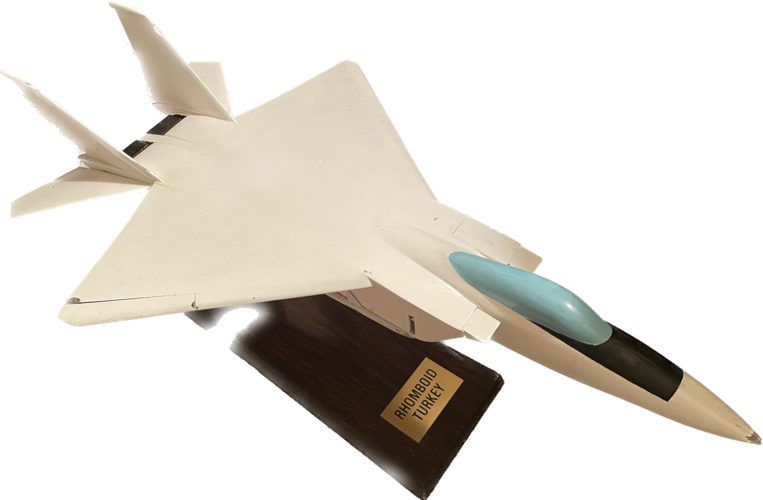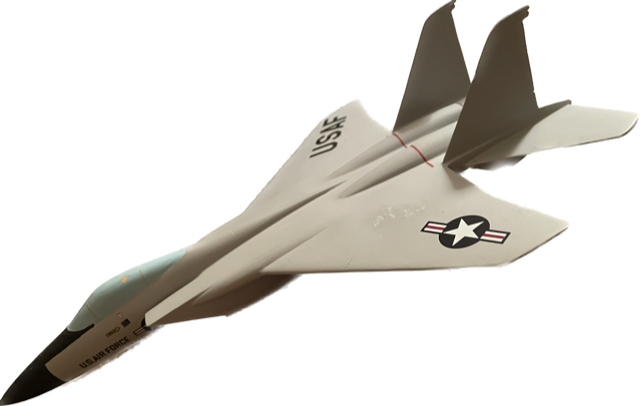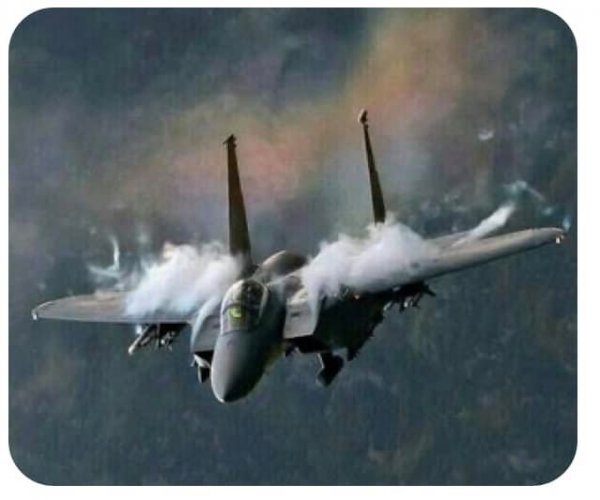My thoughts on the opening:
The inlet side opening is clearly shown on the plans for model 199-1, meaning it is not just to display the ramp better.
It's not for flow straightening or preventing separation in the inlet from sideslip because the fuselage forebody does a good job of that (while blocking the leeward inlet).
It is forward of the throat, even at the maximum ramp angle (see the side view and section F-F in Figure 2-2 for model 199-1). That means the diffuser section of the inlet will be unaffected.
The forward edge of the opening is deflected outward (see the top view of Figure 2-2 for model 199-1).
My initial thought was for some kind of boundary layer removal, but I do not see a duct in the top view of Figure 2-2, even though there appears to be some kind of structure on the fuselage centerline side of the inlet shown in section F-F.
These inlets are quite interesting because they achieve variable capture area and inlet ramps with a single actuator. They also only have one very large ramp (unlike the multi-ramp design of the production F-15) which is somewhat counterbalanced by the hinge, allowing the actuator to be smaller.
Also note that some of the F-15 concepts have a very long, highly swept inlet with a prominent lower surface. This "opening" may be a way to have the same "effective" geometry as the design with the highly swept cowl lips. These inlets will have another shock form at the bottom surface because the flow is turned straight towards the inlet. In contrast, the production F-15's inlets do not have this lower surface. The lower lip is designed so the inlet area increases after the cowl lip.
With all these in mind, I believe the hole is to make the inlet have similar flow characteristics to the type with the very highly swept lips to minimize any instability. I think the connection at the front is purely structural. It looks to be a brace to support the massive forces on the top and bottom of the inlet from the ramp and secondary compression surface (bottom) instead of having the bottom be mostly cantilevered.






















